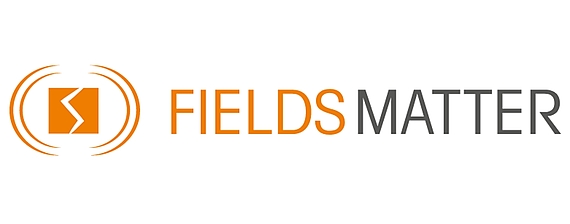Diffusion-controlled processes in polycrystalline ceria: Combined effect of electrical field and mechanical loading
Topic
In this follow-up project, the existence and role of field-induced local field and temperature gradients as well as changes in grain boundaries and space-charge layers shall be systematically investigated. Furthermore, we extend the focus to the influence of the frequency of applied AC fields, potential benefit for enhanced creep behaviour of sintered bodies (superplasticity) and during constrained sintering of layers.The following more specific questions shall be addressed: What is the contribution of direct field effects (for example change of oxygen vacancy concentration modifying diffusivity and conductivity) compared to local induced temperature gradients? Are the field-induced changes in the structure of CeO2 grain boundaries persistent over the lifetime of a ceramic part or do they disappear rapidly after switching off electrical loading? Which frequencies of AC fields do maximise the influence of the electric field on sintering and diffusional creep? How is it related to the material properties? How much is creep behaviour affected by an electrical field/current? Can superplasticity be induced? Can the observed advantages of field assisted sintering be used during constrained sintering of layered compounds?
Contact person(s)
Prof. Dr. Olivier Guillon | Prof. Dr. Roger A. De Souza |
|---|---|
Forschungszentrum Jülich GmbH Institute of energy and Climate Research IEK-1: Materials Synthesis and Processing | RWTH Aachen Institute of Physical Chemistry |
Wilhelm-Johnen-Straße 52428 Jülich | Landoltweg 2 52074 Aachen |
Tel: (+49) 2461 61 4440 | Tel: (+49) 241 80 94739 |
Fax: (+49) 2461 61 2455 | Fax: (+49) 241 80 92128 |
Proj.-Nr. GU 993/9-2 | Proj.-Nr. DE 2854/9-2 |

